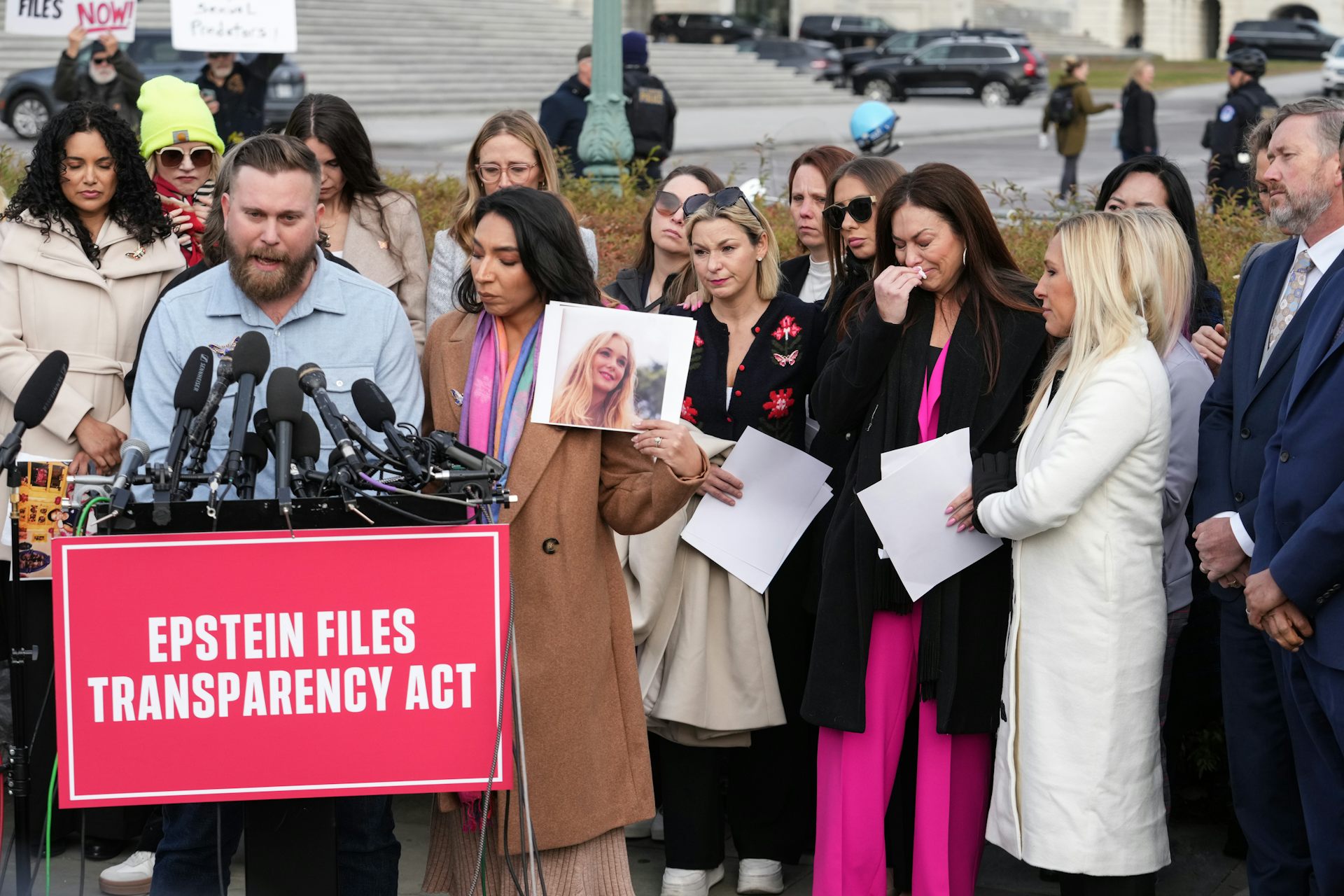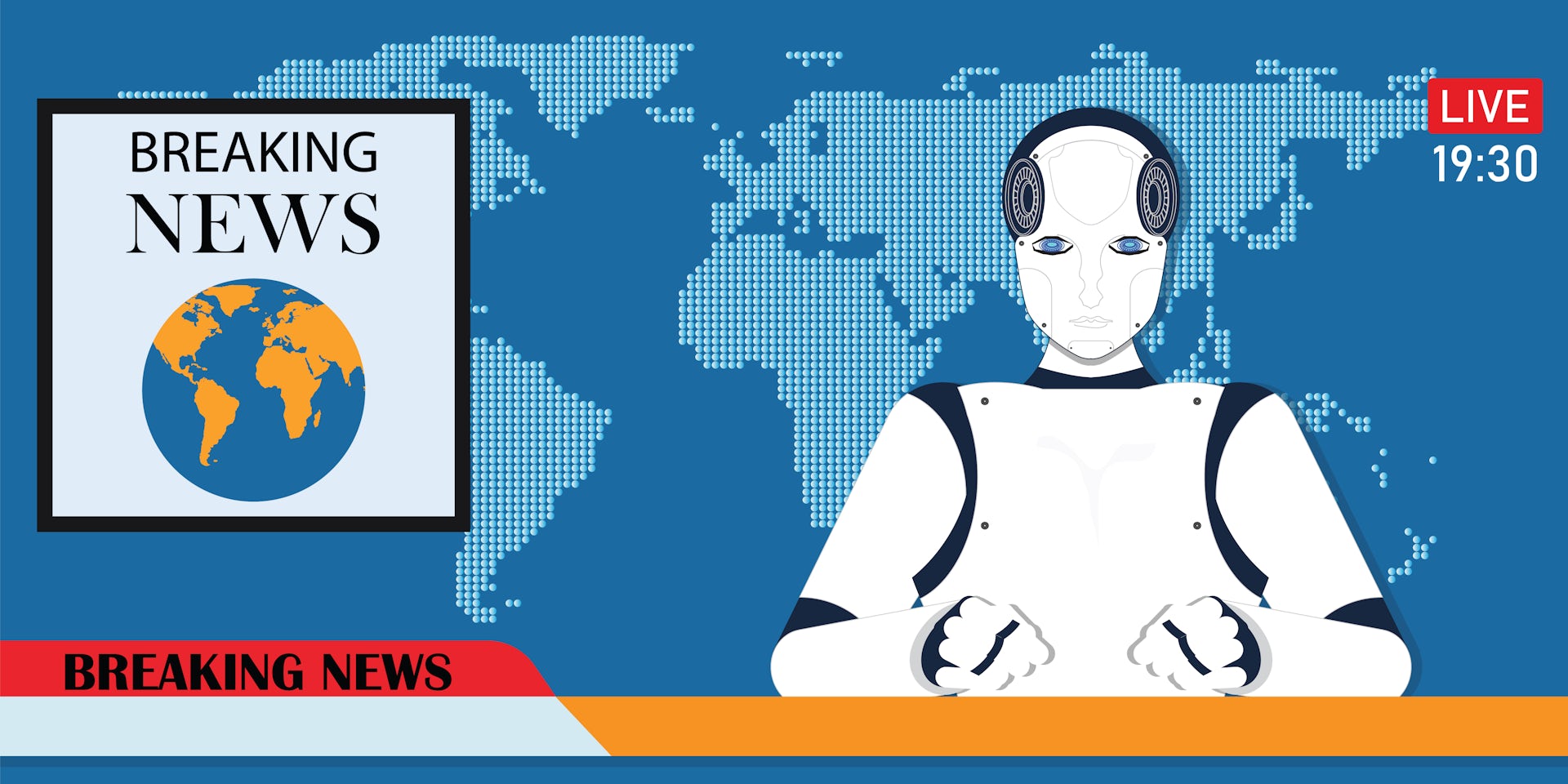Child poverty estimates point to a record low in 2021 – here's how it could have been even lower
A tax credit expansion played a bit role in child poverty reduction. But the government’s failure to reach all eligible Americans meant many families never got that temporary benefit.

The U.S. government will likely report in September 2022 that for 2021 its most accurate measure of child poverty was the lowest on record. This was due, in large part, to generous government benefits. Our research suggests child poverty in 2021 would have been even lower had the government made it easier for families to receive these benefits.
One way the federal government responded to the economic upheaval that accompanied the COVID-19 pandemic was to boost the money Americans got as benefits – and to distribute those benefits to people who didn’t previously get them.
Starting in the spring of 2020, for example, most Americans received a series of economic relief payments. Those funds helped reduce child poverty, which fell to 9.7% in 2020 from 12.6% in 2019, according to what’s known as the “supplemental poverty measure.”
Research that we and other economists have conducted indicates that the share of American children living in poverty fell even further in 2021. One key policy change brought about this decline: The government temporarily expanded the child tax credit, boosting the incomes of nearly all families with children.
We have determined, however, that child poverty would have plunged much more had the government done a better job ensuring that all who qualified got the credit.
Child tax credit
Unlike the official poverty rate, the supplemental poverty measure accounts for government benefits, such as the Supplemental Nutritional Assistance Program, or SNAP.
The supplemental poverty measure has been consistently lower for children than the official poverty rate since its launch in 2011.
One reason for this is the child tax credit. It began in 1998, with a maximum possible credit of $400 per child. The amount families could get was limited by the income taxes they owed. Since low-income families either don’t pay any income taxes or owe very little, this did them little good. Subsequent reform measures increased both the amount of the credit and made some of this benefit available to families that paid no income tax.
A large federal spending package enacted in 2021 increased the credit further and made it available to all but the wealthiest families with children. Between July 2021 and June 2022, most received up to $3,600 for each child under 6 and as much as $3,000 for kids between the ages of 6 and 17. The Internal Revenue Service distributed half this money in monthly payments between July and December 2021, and the rest at tax time in 2022.
3 million fewer children in poverty
Many economists predicted that this benefit would help millions of children escape poverty.
A Columbia University research team that tracks child poverty rates on a monthly basis calculated that the child tax credit expansion reduced child poverty by about 29% in December 2021 compared with what it would have been without the credit. That would translate into 3 million fewer children in poverty.
If confirmed, that would be an extremely positive result. But we estimate that the child poverty rate could have fallen even further had the government ensured that more eligible families received the expanded child tax credit last year.
As we recently explained in the Journal of Post Keynesian Economics, an academic publication, we reviewed detailed 2019 data to estimate what would have happened to child poverty that year had all eligible families received the 2021 tax credit expansion. We found that child poverty would have declined an additional 9 percentage points from what the Columbia team estimated for December, or 38%.
We believe the best explanation for this gap is that many low-income families didn’t file a tax return in 2019 or 2020 because they didn’t owe federal income taxes. To get monthly child tax credits from the IRS, these families needed to file a return.
Alternatively, families could log in to the IRS website and apply for the child tax credit. That was hard to do for many low-income people who lacked internet access.
Lack of awareness
Surveys by a Washington University in St. Louis research team support our theory. It found that 29% of low- and moderate-income Americans knew little or nothing about the child tax credit expansion – or even that they were eligible to receive it.
Specifically, 78% of those surveyed who did not file a 2020 tax return didn’t know much about the credit. Furthermore, some journalists found that the IRS website people must use to apply for benefits when they didn’t file a tax return was not user-friendly, and no Spanish version was available.
These findings suggest that expanding the child tax credit can greatly reduce child poverty. They also point to the need for increased outreach efforts to ensure that all low-income Americans can obtain the benefits for which they are eligible.
We will learn more when the Census Bureau releases its 2021 poverty statistics in September 2022. Based on our estimates and those of other research teams, we expect to see that the child tax credit expansion led to a further sharp decline in the the supplemental poverty rate for children.
If that’s the case, there should be loud calls for this benefit to be restored on a permanent basis.
The authors do not work for, consult, own shares in or receive funding from any company or organisation that would benefit from this article, and have disclosed no relevant affiliations beyond their academic appointment.
Read These Next
From truce in the trenches to cocktails at the consulate: How Christmas diplomacy seeks to exploit s
World leaders like to talk up peace at Christmastime. But alongside the tales of seasonal breaks in…
As DOJ begins to release Epstein files, his many victims deserve more attention than the powerful me
Powerful men connected to Jeffrey Epstein are named, dissected and speculated about. The survivors,…
How to reduce gift-giving stress with your kids – a child psychologist’s tips for making magic and a
Depending on family circumstances and a child’s personality type, gift giving runs the gamut of fun…






